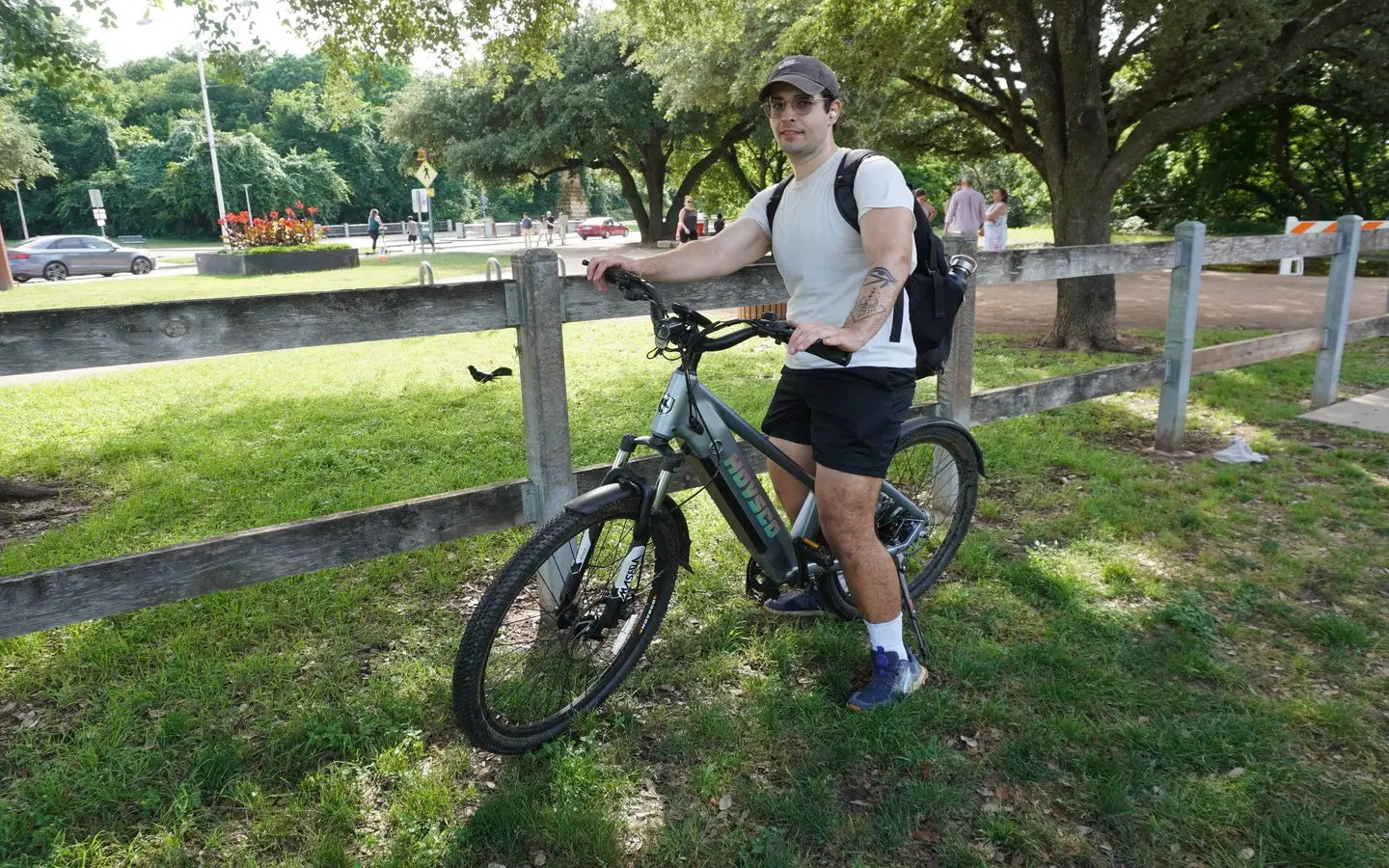
- by LiuJiazhu
What Charging Practices Prolong Long-Range eBike Battery Life?
- by LiuJiazhu
To maximize long-range eBike battery lifespan, prioritize partial charging (20%-80%), use manufacturer-matched chargers, avoid extreme temperatures, and store at 30%-50% charge when inactive. Monthly full cycles maintain cell balance. Never leave batteries fully drained or fully charged for extended periods—these practices prevent capacity degradation and safety risks.
Frequent partial charging preserves lithium-ion cells better than deep cycles. Shallow discharges (20%-80% range) reduce electrode stress versus full 0%-100% cycles. Depth of Discharge (DoD) directly impacts cycle count—a battery cycled at 50% DoD delivers nearly double the lifespan of full discharges.
Every lithium-ion battery has a finite number of charge cycles, defined as 0%-100% capacity use. However, cycling between 20%-80% counts as 0.6 cycles mathematically. Practically speaking, topping up daily after 15-mile rides proves healthier than weekly full charges. Technical specifications reveal that maintaining 3.7V-4.0V per cell (vs 3.0V-4.2V full range) reduces electrolyte decomposition by 40%.
Voltage and current mismatches cause catastrophic failures. 54.6V chargers designed for 13S batteries will overcharge 12S (48V) systems by 4.2V per cell. Conversely, using underpowered 2A chargers on 4A-capacity batteries forces prolonged high-resistance states.
Quality chargers implement CC-CV (Constant Current-Constant Voltage) protocols with temperature compensation. Premium models like HOVSCO's AdaptiveCharge adjust output based on cell temperature readings—reducing current by 0.5A per 10°C rise above 25°C. Generic chargers often lack these safeguards, risking thermal runaway when charging a cold battery brought indoors during winter.
| Parameter | Compatible Charger | Generic Charger |
|---|---|---|
| Voltage Tolerance | ±0.05V | ±0.5V |
| Temperature Sensors | 3-Point Monitoring | None |
Heat accelerates capacity loss exponentially—a battery stored at 40°C loses 35% capacity annually versus 15% at 25°C. Subzero charging causes lithium plating that permanently reduces energy density. Always warm batteries to 10°C+ before charging in cold climates.
Humidity above 60% RH risks terminal corrosion, particularly with aluminum-based connectors. Real-world testing shows that coastal riders experience 23% faster resistance buildup in charging ports versus arid regions. Silica gel packs in battery compartments combat this effectively.
Store at 30%-50% charge in climate-controlled environments (10°C-20°C ideal). Perform maintenance charges every 30 days to counteract 3%-5% monthly self-discharge. Never store depleted batteries—voltages below 2.5V/cell trigger permanent sulfation.
For winter storage, disconnect batteries from eBikes to prevent parasitic drain from onboard computers. Use insulating neoprene sleeves if temperatures might drop below -10°C. Aviation safety protocols teach us that lithium batteries stored at 50% charge sustain only 2% capacity loss over 6 months versus 8% at full charge.
Occasional fast charging (1-2C rate) is acceptable, but daily use degrades cells 18% faster due to increased ion lattice stress. Limit fast charging to 80% capacity.
How do I know when to replace my battery?Replace when range drops below 70% of original capacity or if charging time increases by 40%—both indicate severe electrolyte depletion.
Share:
What Electric Cruiser Bikes Provide Optimal Long-Distance Ride Comfort?
What Accessories Are Essential for Long-Distance E-Bike Touring and Commuting?